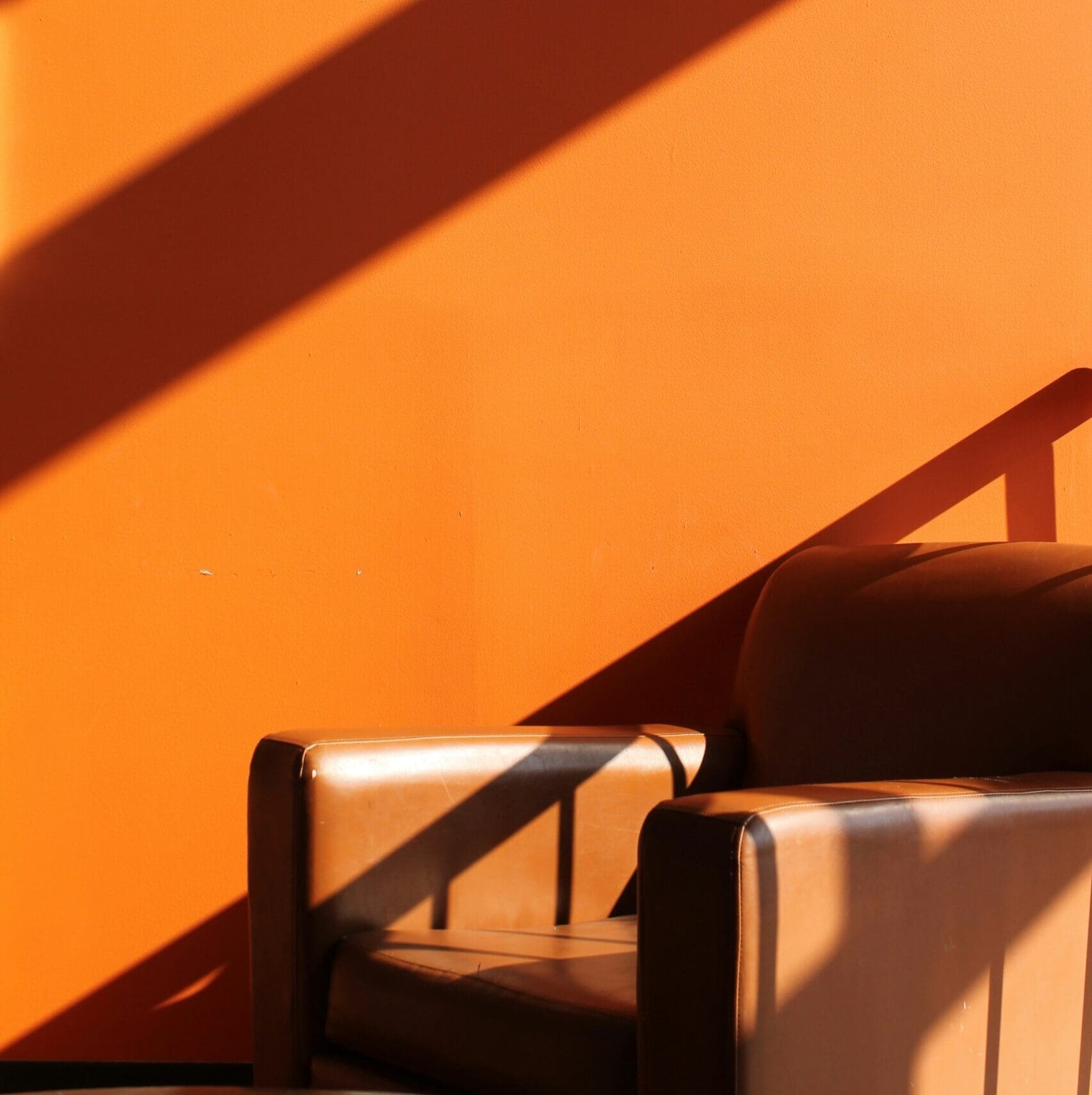Playing with light and shadow in home decor and interior design can dramatically enhance the ambiance, create visual interest, and add depth to your space. Here are some ways to incorporate light and shadow effectively:
1. Layered Lighting
- Ambient Lighting: Use overhead fixtures like chandeliers or recessed lighting to provide general illumination. Make sure these lights are dimmable to adjust the mood.
- Task Lighting: Position table lamps, floor lamps, or pendant lights over reading areas, desks, or kitchen islands to create focused pools of light.
- Accent Lighting: Highlight artwork, architectural features, or focal points with spotlights or wall-mounted sconces to cast deliberate shadows that emphasize texture or depth.
2. Directional Lighting
- Wall Grazing: Place lights close to textured walls (like brick, stone, or wood paneling) to emphasize their surface. This technique makes the texture stand out, with light grazing across it, creating dramatic shadows.
- Uplighting and Downlighting: Install lights either pointing upward or downward to highlight specific areas, like plants or artwork. Downlighting from a pendant light can cast interesting shadows on furniture, while uplighting can create a soft, glowing effect on walls or ceilings.
3. Use of Natural Light
- Maximize Window Exposure: Take advantage of natural light by positioning furniture, mirrors, or reflective surfaces near windows to bounce light deeper into the room, creating natural shadow play.
- Sheer Curtains: Use sheer or semi-sheer curtains to diffuse sunlight, creating soft shadows in the room, while maintaining an airy, open feel.
- Skylights and Floor-to-Ceiling Windows: These architectural features allow natural light to flood in, creating dramatic shadow patterns throughout the day as the light shifts.
4. Shadows Through Design Elements
- Geometric Light Fixtures: Sculptural pendants or chandeliers with open designs can cast intricate shadow patterns on walls and ceilings, adding a dynamic layer of interest when the lights are on.
- Cutout or Laser-Cut Screens: Dividers, headboards, or wall panels with cutout designs can project beautiful shadow patterns on adjacent surfaces when illuminated, creating a visual effect that’s both artistic and functional.
- Latticed or Filigree Patterns: Decorative items, such as lampshades or window coverings with latticework or filigree details, will cast unique shadows when light passes through them.
5. Mirrors and Reflective Surfaces
- Mirrors: Strategically place mirrors opposite windows or light sources to reflect light and brighten the space, while creating the illusion of more natural light.
- Glass and Metallic Accents: Incorporate glass tables, mirrored furniture, or metallic accessories that reflect both light and shadow to create shimmering effects across the room, adding dimension.
6. Architectural Elements
- Recessed Niches: Incorporate recessed shelves or niches in walls, illuminated from above or within, to highlight objects and cast interesting shadows that accentuate their shape and form.
- Exposed Beams or Rafters: If you have exposed ceiling beams, these will naturally create shadows and add depth to the room. Consider placing uplighting to enhance the effect.
- Staircases: Install lights along the edges or underneath the steps to create a dramatic, cascading shadow effect on the staircase and surrounding walls.
7. Plants and Greenery
- Indoor Plants: Place large, leafy plants near light sources to cast organic, flowing shadows across walls or floors. The natural movement of leaves in the breeze adds a soft, ever-changing dynamic to your space.
- Shadow Play with Vines: Let hanging or climbing plants interact with the light to create natural shadow patterns on walls or furniture.
8. Contrast Through Color
- Dark vs. Light Walls: Use darker wall colors or accent walls to absorb light and create contrast with brighter areas. This plays up the light and shadow, making the room feel more dynamic.
- Monochromatic Palettes: In monochromatic spaces, shadow is more pronounced, making it a key design element that emphasizes texture, angles, and architecture.
9. Sculptural Furniture and Decor
- Statement Furniture: Opt for furniture with bold shapes or negative space (like chairs with open backs or sculptural bases) that can cast shadows on the floor or walls, making the room feel more layered.
- Artwork and Sculpture: Place artwork or sculptures near light sources to create shadow depth, transforming these objects into multi-dimensional focal points.
10. Textiles and Soft Furnishings
- Textured Fabrics: Use textured fabrics, such as velvet, linen, or knits, for curtains, rugs, or cushions. When light hits these surfaces, the texture will cast subtle shadows, adding visual depth to the space.
- Layered Rugs: Overlapping rugs with varying textures can catch the light differently, creating shadow effects on the floor, making the room feel cozy and multidimensional.
By mindfully using light sources, reflective surfaces, and shadow-casting decor, you can enhance the atmosphere, depth, and character of your home.

Be the first to comment